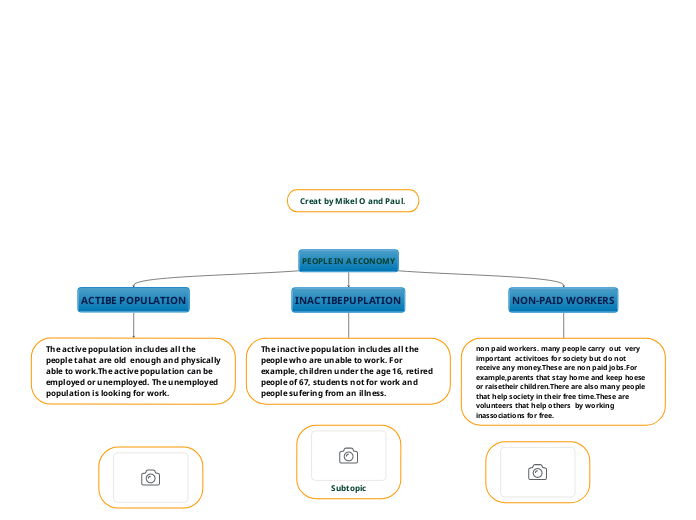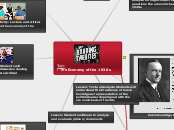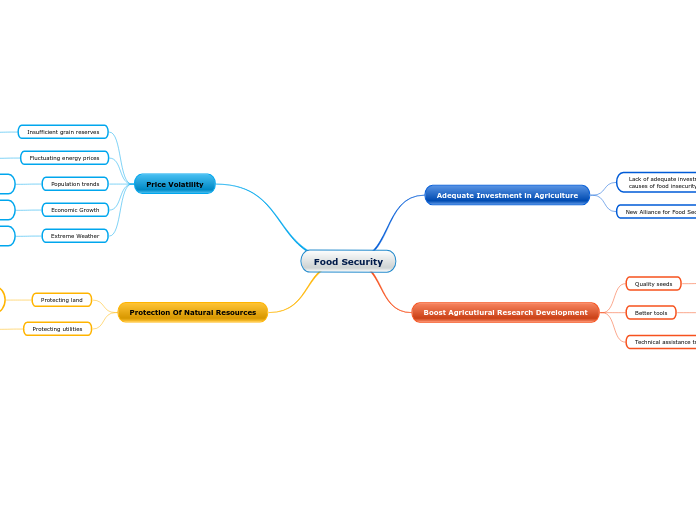realizată de Mikel Ochoa 2 ani în urmă
129
PEOPLE IN A ECONOMY
The inactive population encompasses individuals who are unable to participate in the workforce, including children under 16, retirees, students, and those suffering from illnesses. Additionally, non-paid workers, such as stay-at-home parents and volunteers, play crucial roles in society despite not receiving financial compensation.









